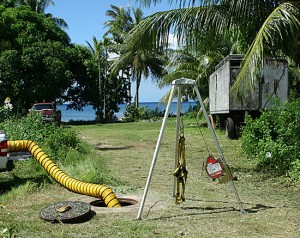CNBC recently ran a rather patriotic “Keeping America Great” interview with Warren Buffett and Bill Gates. I don’t normally read much from these guys, but there was one comment from Buffett that really struck a chord for me.
BUFFETT: First of all, I’d say marry the right person. [LAUGHTER] And I’m serious about that. [APPLAUSE] It will make more difference in your life. It will change your aspiration, all kind of things. It’s enormously important who you marry. Beyond that, I would say that do what you would do if you were in my position, where the money means nothing to you. At 79, … I work every day. And it’s what I want to do more than anything else in the world. The closer you can come to that early on in your life, you know the more fun you’re going to have in life and really the better you’re going to do. So don’t be driven where you think the last dollar is presently or anything of that sort. And then also go to work, if possible, for an organization or an individual that you admire. I mean I offered to go to work for Ben Graham because there was nobody I admired more in the business than him. I didn’t care what he paid me. When he finally did hire me in 1954, I moved from Omaha to New York and I didn’t know what I was getting paid until I got my first paycheck. But I knew I wanted to work for Ben Graham. And I knew I would jump out of bed every morning and be excited about what I would do and I would go home at night smarter than I was in the morning. Go to work at a job that turns you on and a person that turns you on and institution. [APPLAUSE]
I am determined to base the decisions I make this year on this quote.


